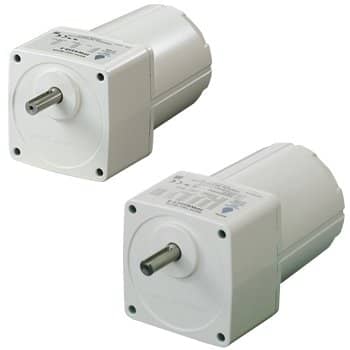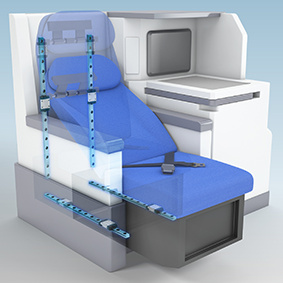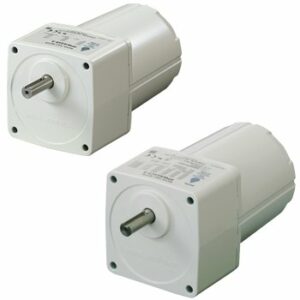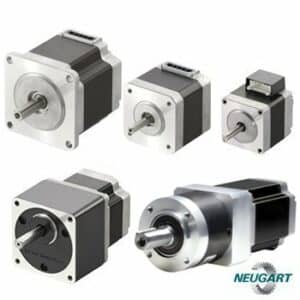
Omron HD Output Camera With HD Resolution
Omron’s HD Output Series is a machine vision camera and one of the simplest industrial cameras on the market to set up. It features a brilliant HD 1080p resolution and a smooth 60 frames per
Water and dust can cause electric and electronic equipment to deteriorate or malfunction. To combat this, the International Electrotechnical Commission (IEC) has created the ingress protection (IP) ratings. These ratings assess the level of resistance an enclosure has against the infiltration of dust or liquids. Widely utilized in various industries, IP ratings play a crucial role in safeguarding equipment from potential damage.
The dust-resistance and waterproofing degrees of protection for equipment are classified according to EN 60529 and EN 60034-5. The higher the IP number code, the higher the protection. IP67: the letters, “IP” stand for “Ingress Protection” and are followed by two numerical digits which indicate degrees of protection and solid objects and moisture.

| IP Code | Protection against Ingress of Human Body Parts and Solid Objects | |
| First Number | Protection Level | Test Condition |
| IP0X | None | None |
| IP1X | Protection against approach by hands | Solid objects with a diameter of 50 mm or more do not enter |
| IP2X | Protection against approach by fingers | Solid objects with a diameter of 12 mm or more do not enter |
| IP3X | Protection against tips of tools, etc. | Solid objects with a diameter of 2.5 mm or more do not enter |
| IP4X | Protection against ingress of wires, etc. | Solid objects with a diameter of 1.0 mm or more do not enter |
| IP5X | Protection against powdery dust | Powdery dust that may inhibit normal operation does not enter |
| IP6X | Completely dust-proof design | Cannot be penetrated by powdery dust |
| IP Code |
Protection against Ingress of Water | |
| Second Number | Protection Level | Test Condition |
| IPX0 | None | None |
| IPX1 | Protection against water drops falling vertically | Water drops at a rate of 3 to 5 mm/min for 10 minutes from a height of 200 mm |
| IPX2 | Protection against water drops from directions within a range of 15˚ relative to the vertical plane | Water drops at a rate of 3 to 5 mm/min for 10 minutes from directions within 15˚ from a height of 200 mm |
| IPX3 | Protection against raindrops from directions within a range of 60˚ relative to the vertical plane | Sprayed water at a rate of 10 /min for 10 minutes from directions within 60˚ from a height of 200 mm |
| IPX4 | Protection against ingress of splashes from all directions | Sprayed water at a rate of 10 /min for 10 minutes from all directions at a distance of 300 to 500 mm |
| IPX5 | Protection against water jet from all directions | Sprayed water jet of 30 kPa at a rate of 12.5 /min for 3 minutes from all directions at a distance of 3 m |
| IPX6 | Protection against strong water jet such as ocean waves | Sprayed water jet of 100 kPa at a rate of 100 /min for 3 minutes from all directions at a distance of 3 m |
| IPX7 | Usable after immersion in water under specified conditions | Immersion to a depth of 1 m for 30 minutes |
| IPX8 | Usable under water | Determined through cooperation between user and manufacturer |
Contact us for help choosing the right motor for your application.


Omron’s HD Output Series is a machine vision camera and one of the simplest industrial cameras on the market to set up. It features a brilliant HD 1080p resolution and a smooth 60 frames per

Engineers are problem solvers by nature. When presented with a cybersecurity issue, their immediate focus is often on finding a solution. This instinctive reaction can be beneficial in many scenarios, but it can also have

As the global energy revolution unfolds, storage technologies like BESS (Battery Energy Storage System) are revolutionizing our understanding of power supply. While the focus is often on the high initial construction cost of BESS, the

The aerospace industry requires high performance systems and components that can withstand extreme conditions. Motion control products from THK are designed specifically for use in vacuums and challenging aerospace environments. Their LM Guides, Ball Splines

IP ratings play a crucial role in safeguarding equipment from dust or water damage. Oriental Motor’s FPW Series AC motors conform to the IEC standard IP67 and are watertight and dust resistant. They can withstand

Oriental Motor’s AlphaStep hybrid control motion systems combine open and closed-loop control for improved performance. In this video, see how vibration can be removed by simply turning on the Moving Average Filter function: Oriental

Whitepaper | Application Notes Moving toward Industry 4.0 is a challenge. When the number of connected field devices increases in industrial control systems, your network infrastructure needs to be able to deliver tremendous amounts of
AC motors are considered general purpose motors that can be easily controlled in a variety of applications. Various types of motors and gearheads can be combined as a gear motor to meet diverse needs. If
Be the first to learn about classes, training, webinars, products news and more.
We use cookies on this website to provide the best user experience and customer service.